Industry
Top 5 KPIs: Rebecca Hyde

"Neighbouring sheep and beef farms can be so different. Human nature means you do try to talk about the similarities but a land use map specific to your farm provides that real data to help make decisions based on what you’re wanting to achieve."
- Rebecca Hyde, Owner, TFD Consulting Ltd.
Rebecca Hyde is a Nuffield Scholar and owner of TFD Consulting where she works alongside farmers and businesses to strengthen environmental management. Rebecca shares what she thinks are the most important data sets to be capturing on farm.
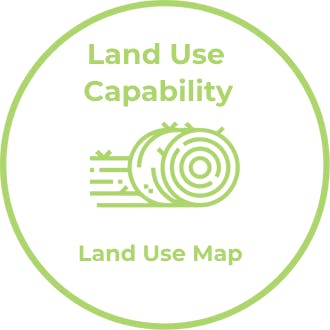
Land Use Capability Mapping
This one isn’t so much a KPI but without understanding this important information it’s difficult to ascertain how well you’re performing on the farm across a variety of remits.
A land use capability (LUC) map provides the underlying natural resources and effective area of a farm. This is particularly important in a sheep and beef farm system because you have so many aspects to look at. Typically GIS mapped, a LUC will look at your property boundaries and map the different soils, aspect slope, vegetation cover, and development within those such as length of tracks and waterways.
This helps determine the most productive areas of a farm and can help to identify where to invest in development. Vegetation cover is especially important to understand what ETS opportunities might look like and what can be classed as native indigenous biodiversity vs exotic.
Neighbouring sheep and beef farms can be so different. Human nature means you do try to talk about the similarities but a land use map specific to your farm provides that real data to help make decisions based on what you’re wanting to achieve.
To me it’s a tool to help make decisions on farm and is a really good way of getting that quantitative data on your natural resources. For example, how much area is north facing vs south facing, or how much is a class 2,3,4 land vs 7, 8.
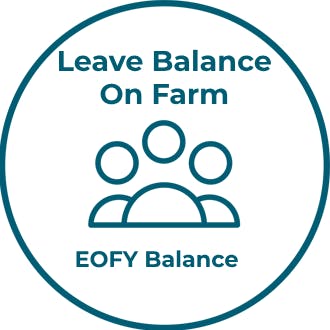
Leave Balance On Farm
Regardless of whether you’re an owner-operator or a manager of a team this is really important to monitor to ensure everybody is getting adequate time off the farm.
It’s so important to get time away to clear the head, and is really important for health, safety and wellbeing. Leading this from the top ensures a positive culture on the farm where it’s seen to be a good thing to take time away to recharge.
I measure this by the leave balance at the end of each financial year, ensuring that it’s not being accrued year on year. As leave does sit on your balance sheet as a liability, it’s good business practice to not have it building up so it doesn’t impact the business.
Best practice would see team members taking their full annual leave spread throughout the year, so not just in one big chunk.
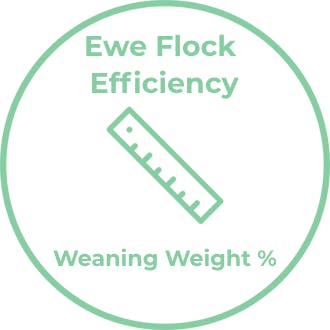
Ewe Flock Efficiency
As we start to look more into the GHG space ewe flock efficiency becomes quite an important KPI. This is a combined indicator of flock fertility, feed quality and quantity, and management practices providing an indication of lamb weight weaned per kg of liveweight, over mated so you can see what your ewes are actually producing. In New Zealand productive efficiency tends to sit between 40-70%.
Ewe Flock Efficiency Equation: # of lambs weaned from ewes x average lamb weight at weaning from ewes = (a) / by number of ewes mated x by average ewe weight at mating. a/b x 100 = % so the higher the percentage the more efficient your ewe flock is.
This metric is a good indicator of wastage on farm and if you can measure this year on year it provides a way to benchmark against yourself and other farms to see which direction you’re heading and what changes should be implemented.
For example, you might have a one-off climatic event during lambing which you will see in your data, or it may be that your number is consistently low so system changes need to be made to BCS prior to mating, or perhaps a genetics issue needs addressing.
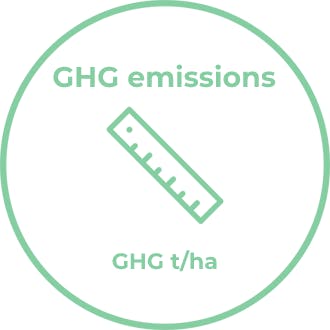
GHG Emissions
Obviously this is a requirement for us all and is soon to be regulated in New Zealand - we are all required to know our numbers. GHG emissions are a moving target at the moment so for now it is really about getting to know what your farm profile looks like.
Know what your number is, and what it looks like, because then when decisions are being made about how it will be taxed you’re in the best place to know what that means for you and your business.
It is important to know what your emission profile looks for your property to understand what your emissions are, what this means for your farm and whether there are some mitigations you can start to implement. Each property will be different which is why it’s important to have a good base understanding of your land use capability. Neighbouring farms are very rarely the same, and greenhouse gas emissions are no different so know what it means for your business.
To work out your number use one of the industry approved calculators available. He Waka Eke Noa has the industry approved tools listed here, otherwise your catchment group or consultant can help. As a start, the industry approved Beef and Lamb calculator is free to use and intuitive enough to get a result. The more familiar we can get with the inputs required for these calculators, the more accurate our results are going to be in the future.
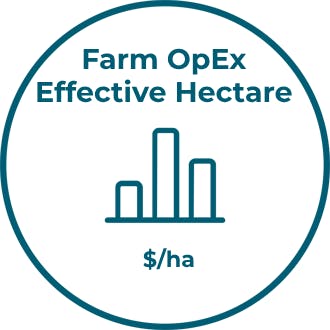
Farm OpEx per Effective Hectare
This KPI is about the amount of money spent to undertake your normal farming practices per effective hectare. This again is why it’s vital to have your land use mapped because you might find that you are a bit more efficient than you thought you were.
By tracking your Farm OpEx per effective hectare you can see where those higher areas of expenditure are for your day to day running of the farm and what’s generating a return vs the nice to haves. As you can control these expenses, it can be a useful measurement for standardising that year on year for yourself and benchmarking against other farm businesses.
You can’t monitor what you don’t measure so what are your three top costs? If it’s fertiliser, can phosphate be spread out over a couple of years? What are your cropping rotations like on farm, could you be spending money more effectively there?
I think it’s important to note that low is not necessarily always better here. It’s better to look at the value you are spending. For example you may have a high fert bill but you’re growing a lot of grass and as a result a lot of protein.
More articles
Industry
Media Release: Agritech companies jump fence in powerful industry union
Announcing an industry union that promises to bring another level of insight and depth to the Trev product suite, building on our vision to be New Zealand’s favourite farm reporting and insights platform. Trev has acquired Cloud Farmer, one of the pioneers of farm recording in New Zealand.
News
Media Release: The Trev experience arrives for Kiwi livestock operators
Trev’s new product offering sees the company deliver a tailored solution for livestock operations, particularly sheep, beef and deer farmers. Modules for the drystock application include paddock level reporting, liveweights, supplementary feed, general management and more.
Industry
Top 5 KPIs: Julia Jones
Julia Jones, Head of Insight at NZX, shares her favourite KPIs when thinking about farming through the lens of the consumer.